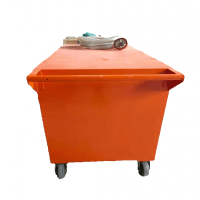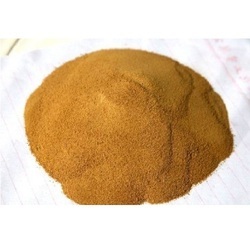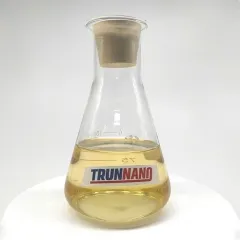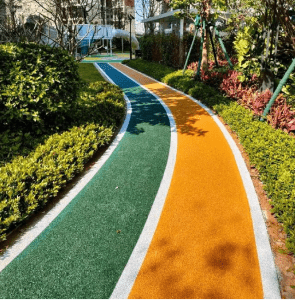Professional solutions on concrete addtives, Concrete Foaming Agent, Superplasticizer, CLC Blocks Additives, and foaming machine
(Types of Superplasticizer)
Super plasticizers are used to improve the workability of concrete, allowing it to be placed under high pressure. This allows the use of larger formwork, which reduces the cost of construction and allows the production of a more consistent product. These polymers are synthesised using the latest polymer technology and have been optimised for use in concrete. They can be found in all the Fritz-Pak range of admixtures.
A common superplasticizer consists of two different components, a shear thinning molecule and an ionic surfactant. The shear thinning molecule is a free-flowing powder which is added to the concrete with a spray nozzle and is then mixed in. The ionic surfactant is a soluble compound which acts to improve the solubility of the sulphonated napthalene formaldehyde condensate, and in doing so it helps to improve the plasticity of the concrete.
The type and concentration of the superplasticizer is critical for the quality of the final concrete. If the optimum dosage is not achieved, a sluggish concrete will result. This could cause problems for the formwork, which may be difficult to place and lead to segregation of the aggregates and cement.
Most superplasticizers do not significantly affect the initial setting time of concrete but if a lignosulphonate-based super plasticizer is used then the set may be retarded by about an hour. Super plasticizers can also help to conserve cement, which is the most costly component in a concrete mix and are therefore a great way to save money on materials costs.
(Types of Superplasticizer)








